Innovative Marketing Strategies
Innovative marketing strategies play a pivotal role in shaping the kombucha market in North America. Brands are leveraging social media, influencer partnerships, and experiential marketing to engage consumers effectively. This approach not only raises brand awareness but also fosters community among kombucha enthusiasts. Recent studies indicate that brands utilizing social media marketing see a 25% increase in customer engagement. By creating compelling narratives around their products, companies can differentiate themselves in a crowded market. As competition intensifies, the ability to connect with consumers through innovative marketing will likely be a key factor in driving growth within the kombucha market.
Growing Interest in DIY Fermentation
The growing interest in DIY fermentation is influencing the kombucha market in North America. As consumers become more engaged in home brewing and fermentation practices, they seek out kombucha kits and ingredients. This trend reflects a broader movement towards self-sufficiency and personalized food and beverage experiences. Market data indicates that sales of home brewing kits have increased by 40% in the last year. This interest not only supports the kombucha market but also encourages consumers to explore the health benefits of fermentation. As more individuals experiment with brewing their own kombucha, the market may see a rise in demand for high-quality ingredients and starter cultures.
Rising Demand for Functional Beverages
The kombucha market in North America experiences a notable surge in demand for functional beverages. Consumers increasingly seek drinks that offer health benefits beyond basic nutrition. Kombucha, known for its probiotic content and potential digestive health advantages, aligns well with this trend. According to industry reports, the functional beverage segment is projected to grow at a CAGR of approximately 8% through 2026. This growth is driven by a shift in consumer preferences towards beverages that support overall wellness. As awareness of gut health rises, the kombucha market is likely to benefit from this trend, attracting health-conscious consumers who prioritize functional ingredients in their beverage choices.
Increased Availability in Retail Channels
The kombucha market in North America benefits from enhanced availability across various retail channels. Supermarkets, health food stores, and convenience stores increasingly stock kombucha products, making them more accessible to consumers. Data suggests that the retail distribution of kombucha has expanded by over 30% in the past two years. This increased availability is crucial as it allows consumers to easily incorporate kombucha into their daily routines. Furthermore, partnerships with major retailers enable brands to reach a wider audience, potentially boosting sales and brand recognition. As distribution networks continue to grow, the kombucha market is poised for further expansion.
Sustainability and Eco-Friendly Practices
Sustainability emerges as a critical driver in the kombucha market in North America. Consumers are increasingly concerned about environmental impact, prompting brands to adopt eco-friendly practices. This includes sourcing organic ingredients, utilizing recyclable packaging, and implementing sustainable production methods. Research indicates that 70% of consumers are willing to pay more for products that are environmentally friendly. As a result, kombucha brands that prioritize sustainability may gain a competitive edge. This trend not only appeals to environmentally conscious consumers but also aligns with broader industry movements towards reducing carbon footprints and promoting sustainable agriculture, thereby enhancing brand loyalty and market share.


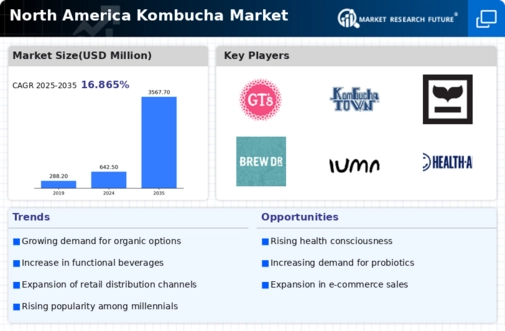
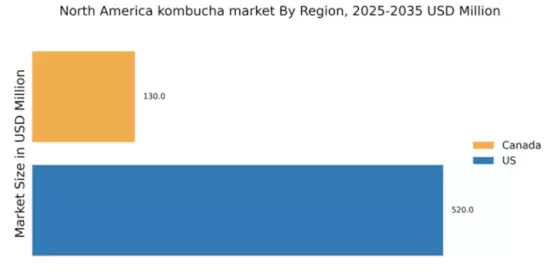



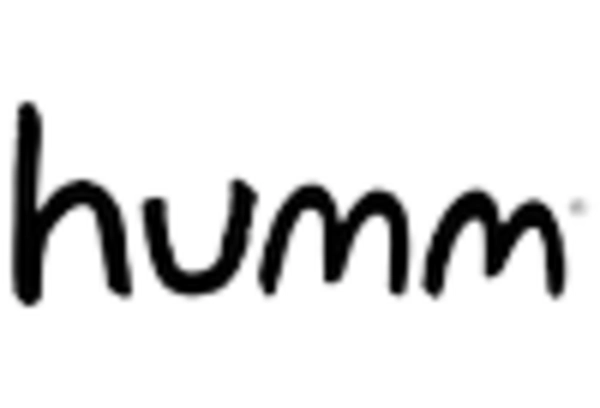
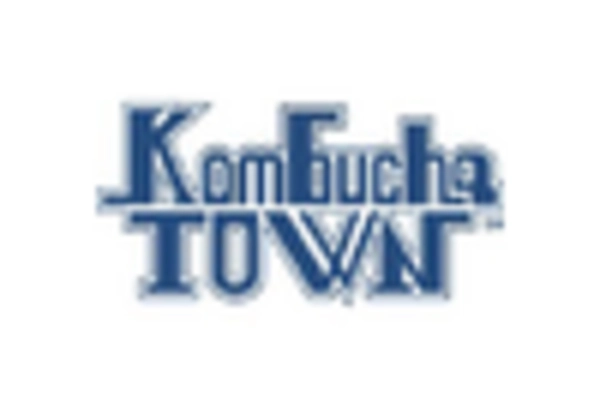
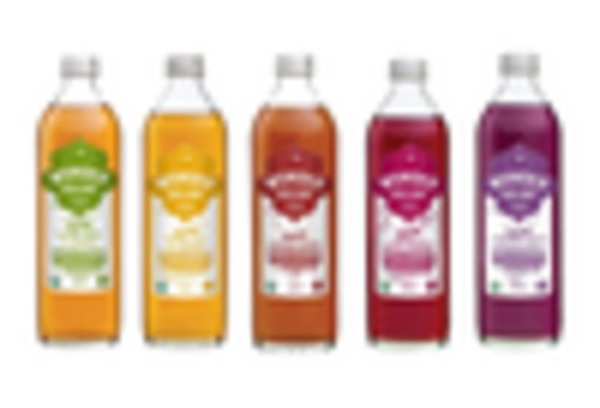








Leave a Comment